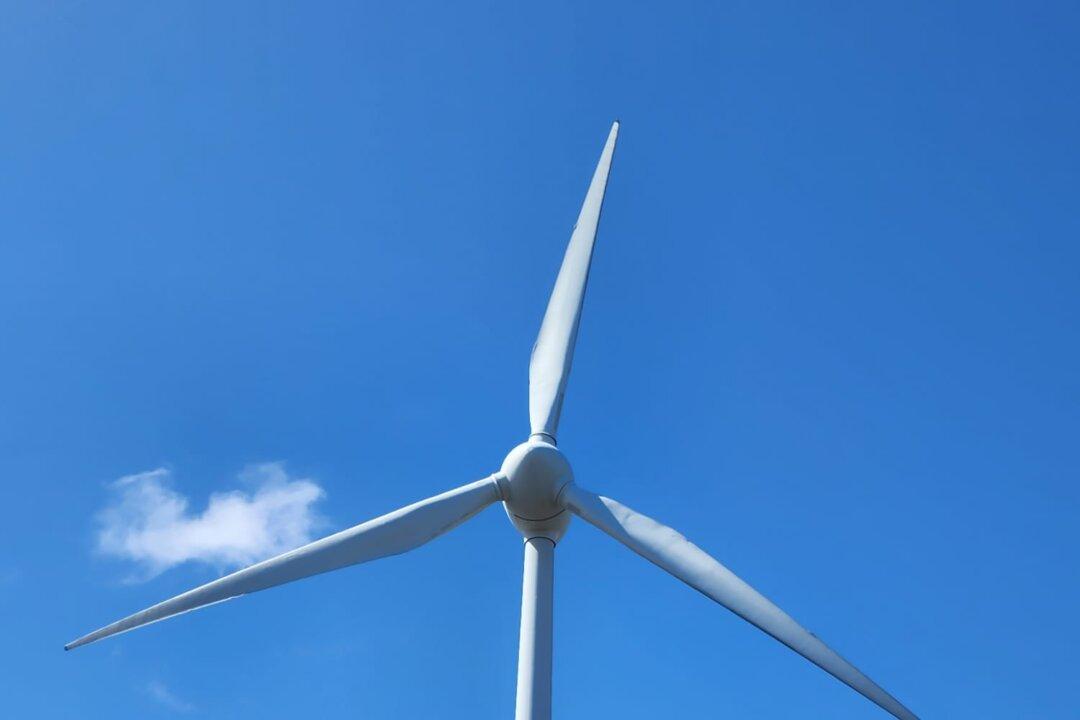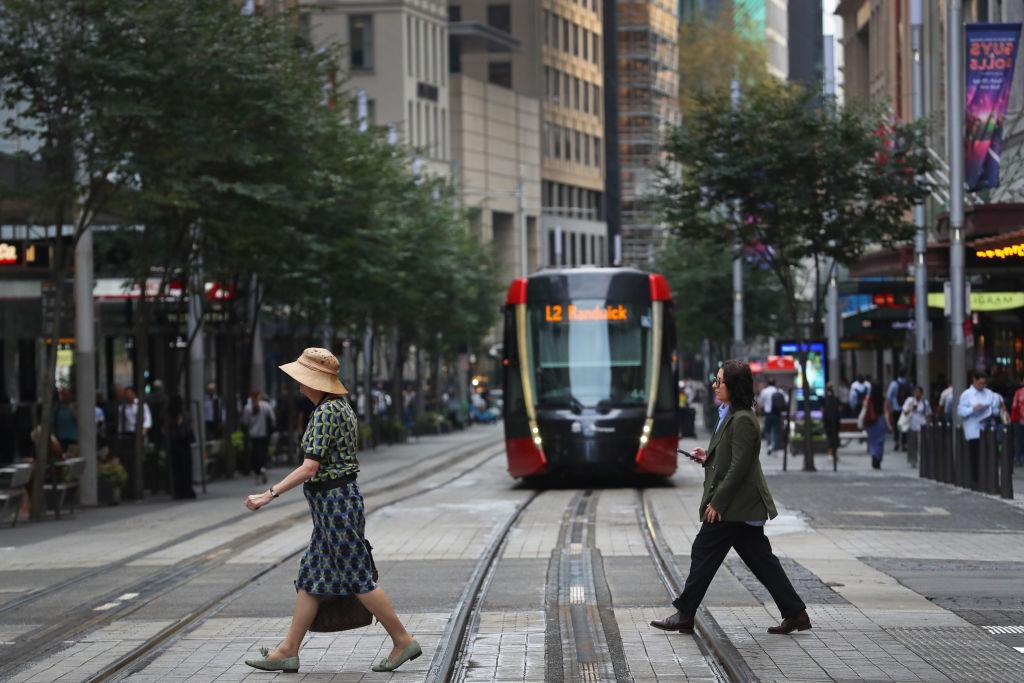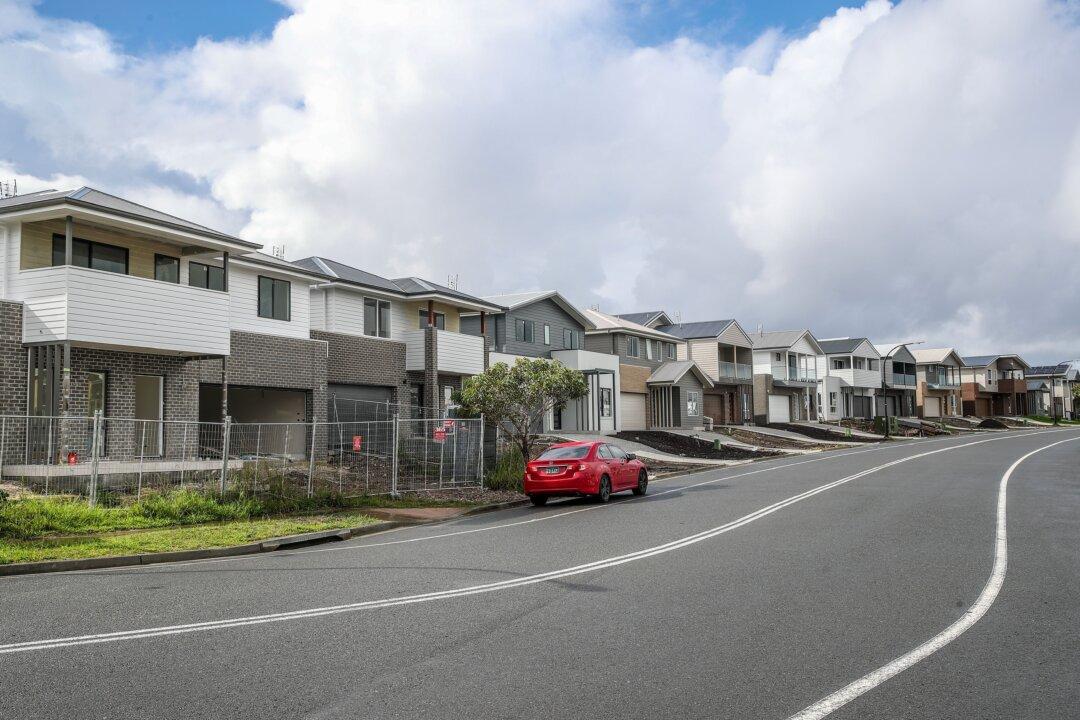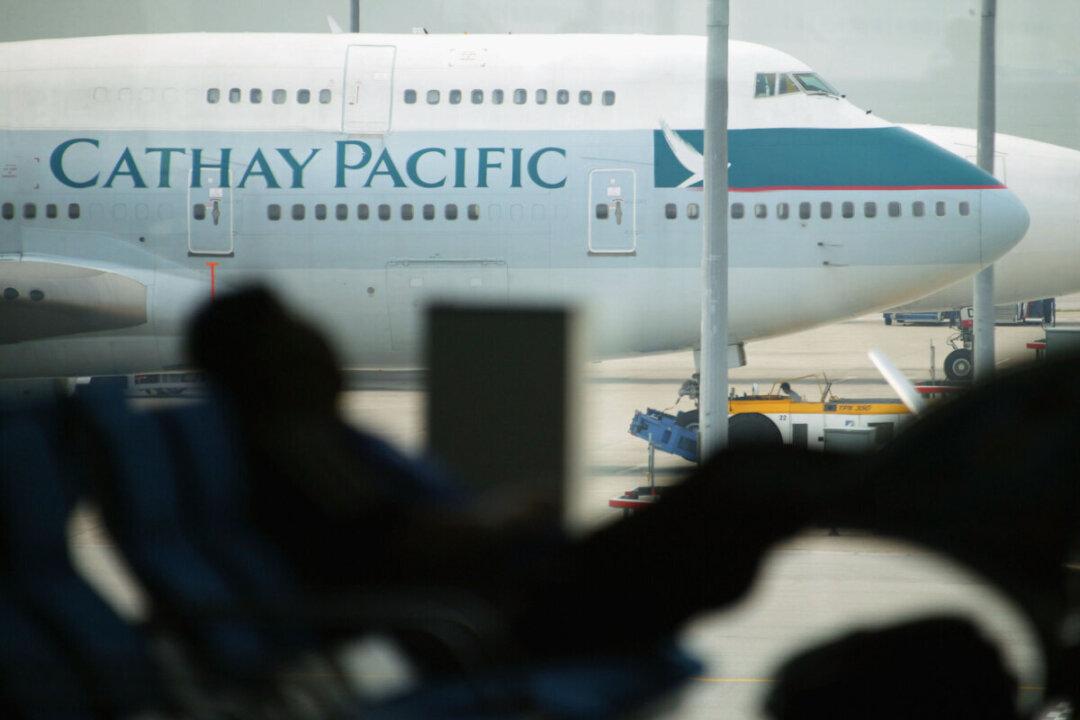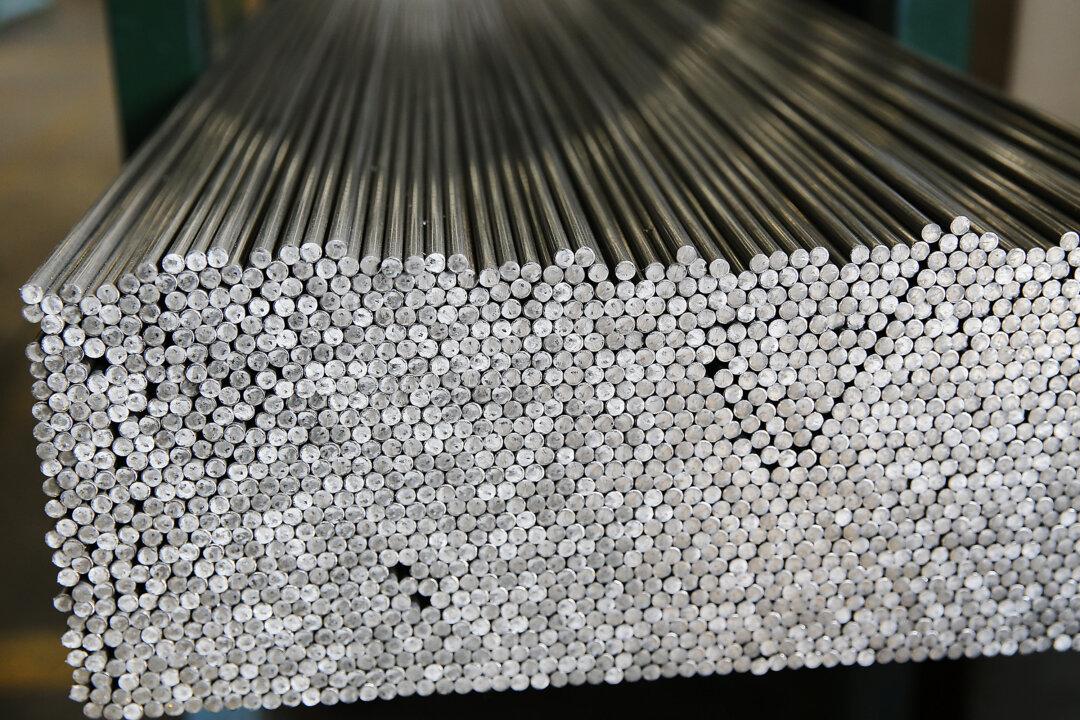Climate Change Minister Chris Bowen asserts the Albanese government’s Reliable Renewables plan is the only one supported by experts to deliver clean, and cheap energy.
His comments come amid the release of the GenCost report that, according to its modelling, found nuclear energy would cost up to eight times more than renewable sources.
